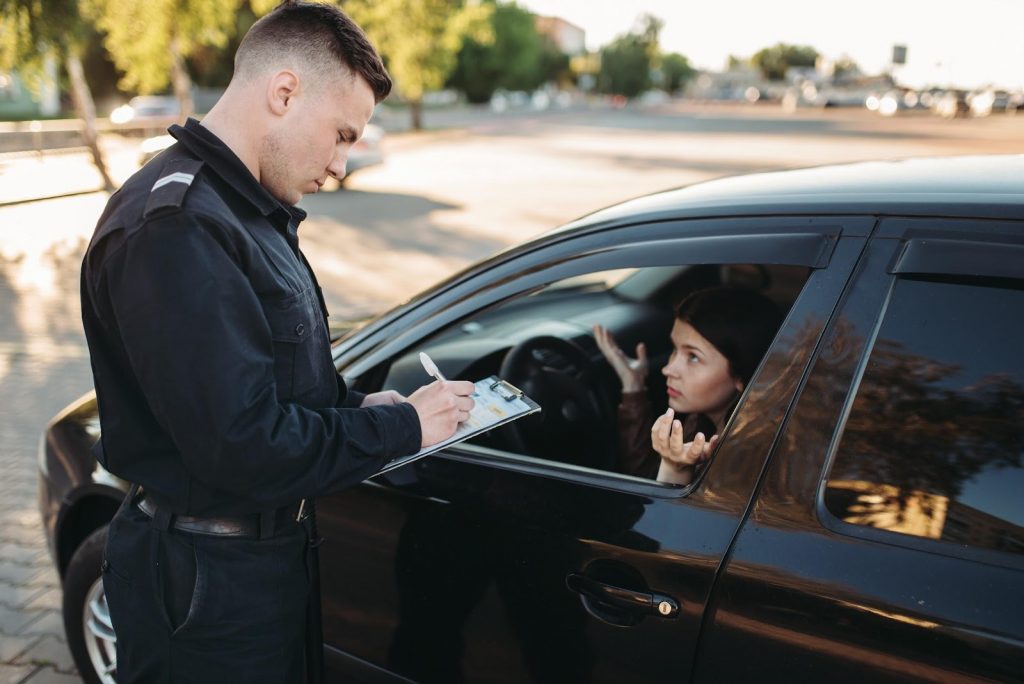
Seeing flashing blue and red lights in your rearview mirror is definitely not the way you want to spend your commute. While we love our freedom when we’re driving and on the road, we have to remember that driving is a privilege, not a right. As such, there are laws that we need to abide by at all times. There may be instances where you may not know the proper driving etiquette, such as when you encounter road work and faulty stoplights. We touch on some frequently asked questions regarding Michigan traffic law to help you stay in the know.
What do I do when I come across a flashing red light?
When a traffic light flashes red, this means to treat the intersection just as you would with a four-way stop. If the road is clear and there are no other cars that are about to cross, you can continue driving. If police are guiding drivers on where to go, it’s most likely to avoid an accident or road work. Make sure to follow the detour and traffic guide accordingly.
I have recently come across new traffic lights with four different signals that include flashing arrows in red, yellow, and green. How do I approach these lights when flashing yellow arrows?
According to the Michigan Department of Transportation, the flashing yellow arrows permit a left turn when oncoming traffic is clear. A steady green arrow allows you to turn left with no oncoming traffic. A steady yellow arrow, much like a regular yellow light, warns you that it is about to turn red and to prepare to stop if you cannot turn in time. A steady red arrow requires you to come to a full stop.
Can I get a ticket for running a yellow light?
Unless it is dangerous to stop, you must slow down to a stop if the light turns yellow. If traffic is clear the moment you’ve started slowing down, you can proceed to drive. The only exception is when you are preparing to make a left turn while you are already at the intersection. You can complete your left turn after oncoming traffic has stopped, even if the light turns red. The turn must be completed to avoid accidents.
When are turn signals required? Are they required with every turn I make?
Before stopping or turning across a direct line, the driver must check that the turning can be safely made and then proceed to provide a signal. All in all, whenever you are turning, you are absolutely required to use your signal lights.
Choose Us as Your Source for Understanding Traffic Law
While Michigan traffic laws are everchanging, the professionals at Kecskes, Gadd, & Parker, P.C. are here to help you stay up to speed with them. Contact our firm today if you have any other questions regarding traffic laws or if you need professional assistance with a traffic ticket.
